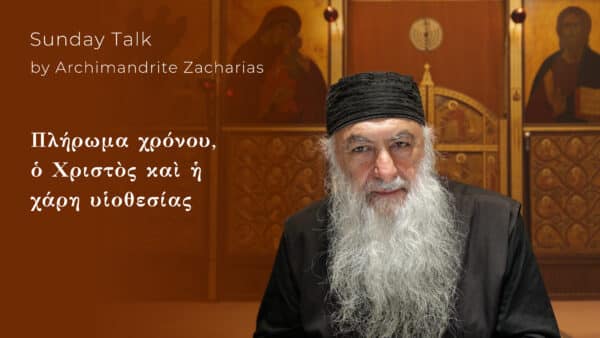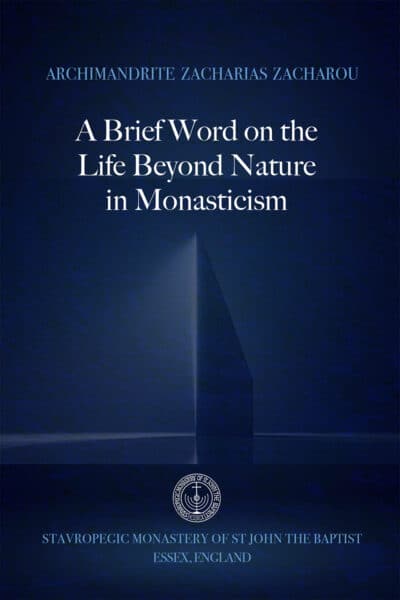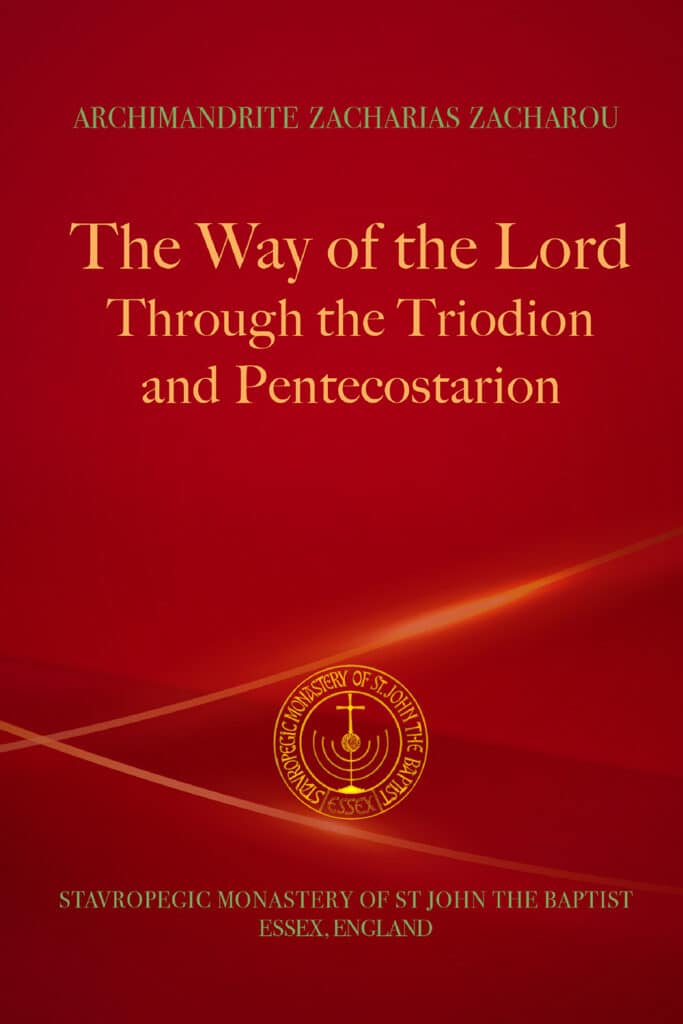The book ‘The Way of the Lord through the Triodion and Pentecostarion’ traverses Lent and then the period from Easter to the feast of All Saints one week after Pentecost, giving a brief explanation of the events commemorated. Above all, it clarifies the purpose of the Church during this period: the renewal of her children, the Christian faithful.
The Way of the Lord
Through the Triodion and Pentecostarion
The purpose of man’s life, according to the Saints, is to acquire the grace of the Holy Spirit. However, in fact, the acquisition of grace is only the first step towards the fulfilment of the purpose God set for man before the foundation of the world. Man must also guard the grace he has received. Rather, he must perpetually increase with ‘the increase of God’,1Col. 2:19. by partaking in endless divine perfection.
The Church has established the feasts during the year as milestones for the renewal of grace and the regeneration of the lives of its members. Exceptional landmarks of renewal for the faithful are, on the one hand, the period of the Triodion, which begets the grace of entering into the living Presence of the Risen Lord, and on the other hand, the period of Pentecost, which leads to the fulfilment of the promise of the Father, the gift of the Paraclete.
During Lent the Christian athlete receives a taste of death in his struggle for the sake of God’s commandment. But this deadening is a catalyst; first of all, for the discovery of his deep heart and then for finding freedom of heart, which enables him to undertake the work of repentance and spiritual regeneration.
The exercises that the Church prescribes during Lent, fasting, mourning, repentance and bearing shame, give a taste of death, so that the faithful believer who partakes of them may always bear within himself, as the Apostle, ‘the dying of the Lord Jesus’.22 Cor. 4:10
Of course, this death is of the old man ‘with the affections and lusts’,3Gal. 5:24 which like a vice grip the heart. Only when the heavy collar is broken and the heart is set free, can man make a godly presentation before the holy Conqueror of death, the Almighty Jesus. Only then, having found and freed his heart from all kinds of attachments, does he experience the Resurrection of Christ.
In this way, the ascetic feats which the Church enjoins bring about the deadening of the old man, yet, in fact, they are seeds of resurrection. They are transformed into ‘power of indestructible life’4Cf. Heb. 7:16. according to the measure of the deadening which preceded it.
Therefore, the ascetic labour of this period could be characterised as ‘negative’, ‘apophatic’, as it aims at the divestment of old passions, so that the worker of godliness is free to run ‘the way of the commandments’,5Ps. 119:32. to follow Christ, ‘whithersoever He goeth’.6Rev. 14:4.
From Easter night a different kind of asceticism begins, no longer ‘negative’ but ‘positive’, ‘cataphatic’ which trains man in the expectation of the promise of the Father, in the ardent thirst for the grace of the Paraclete, the Holy Spirit.
In the middle of Lent the Church raises the holy Cross in order to reignite inspiration, to ‘lift up the hands which hang down, and the feeble knees’.7Heb. 12:12. In essence, the feast of the Veneration of the Cross reveals the character of the asceticism of this period, the voluntary mortification for the sake of the divine commandment which bears holiness and the grace of the resurrection, life everlasting. The character of the asceticism of the Pentecostarion is conveyed by the troparion of the feast of Mid-Pentecost, again in the middle of the season: ‘In the midst of the feast grant my thirst soul to drink of the waters of godliness.’
Every Sunday of the Pentecostarion imparts a lesson, guiding us to the faith that will rekindle our fervour, desire and thirst for the gift of the all-Holy Spirit. According to Christ’s promise, when the Holy Comforter comes, he leads man ‘into all truth’.8John 16:13. He strengthens his earthy nature to bear grace, so that he can stand in the fulness of Christ’s love and offer Him in return a ‘mighty love’ ‘with all his heart, with all his mind, and with all his strength’.
Just as Holy Lent is marked by the tension of striving to find and cultivate the deep heart, so the season of the Pentecostarion is marked by the tension of the struggle to preserve the experience of the Resurrection. The thirst for the fulfilment of the promise of the Father provokes an earthquake which transforms human nature and renders it fit to receive the fiery flame of the Paraclete. And this gift of Pentecost leads man ‘into all the fulness of the blameless love of Christ’, which is ‘the bond of perfection’. It works the greatest miracle in all the created world, the union of his heart with the Spirit of God.
Footnotes
- 1Col. 2:19.
- 22 Cor. 4:10
- 3Gal. 5:24
- 4Cf. Heb. 7:16.
- 5Ps. 119:32.
- 6Rev. 14:4.
- 7Heb. 12:12.
- 8John 16:13.



